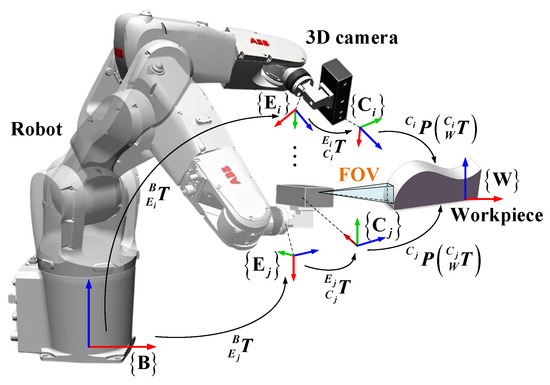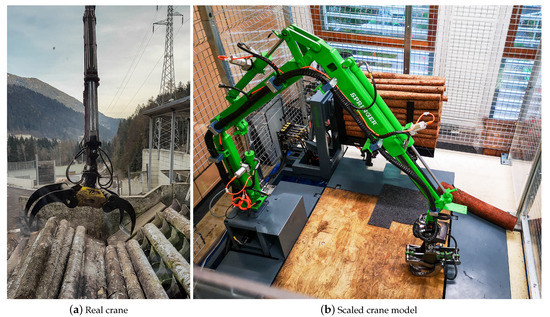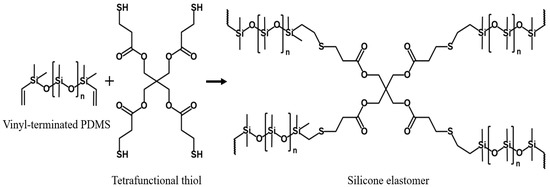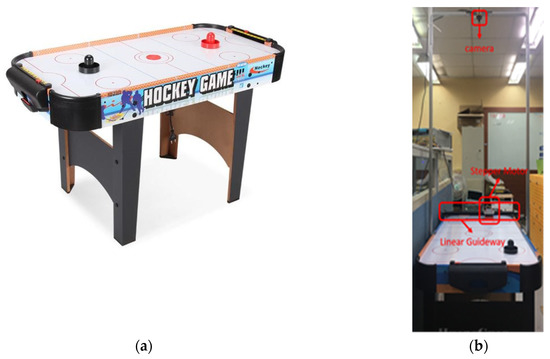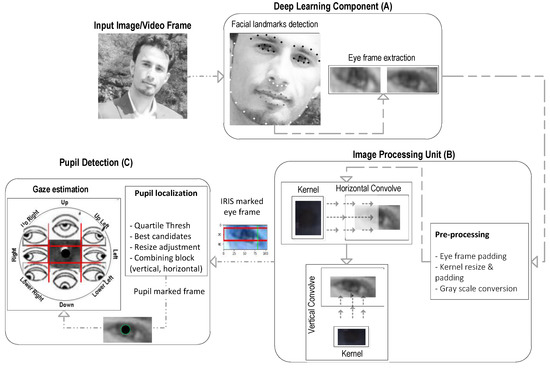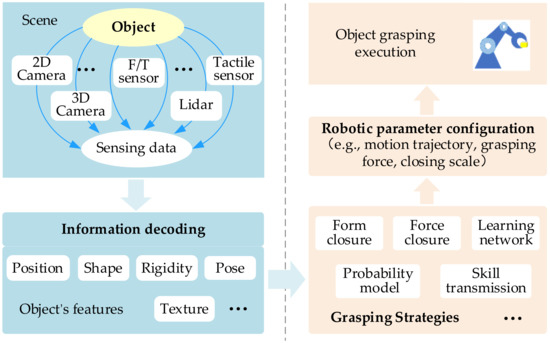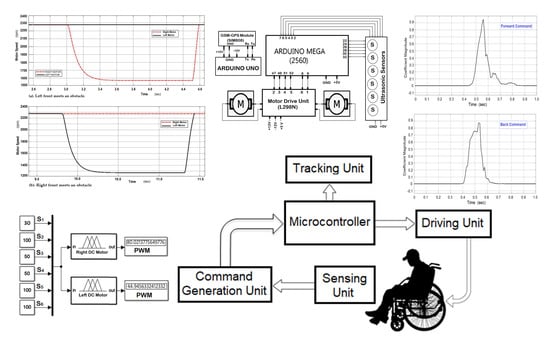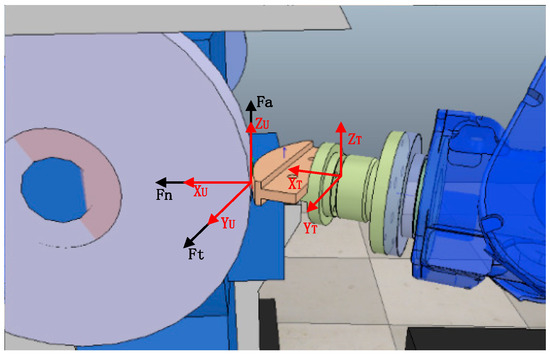Robotics, Sensors and Industry 4.0
A topical collection in Sensors (ISSN 1424-8220). This collection belongs to the section "Sensors and Robotics".
Viewed by 96225Editors
Interests: machine learning; data science; ehealth; image processing; data analysis; signal forecasting
Special Issues, Collections and Topics in MDPI journals
Interests: AI-based clinical decision making; medical knowledge engineering; patient safety; human–machine interaction; wearable and intelligent devices and instruments; AI for addressing united nations sustainable development goals; eSystem engineering; air and water pollution
Special Issues, Collections and Topics in MDPI journals
Interests: eHealth; IoT; Time-series prediction; predictive analytics
Special Issues, Collections and Topics in MDPI journals
Interests: Image processing, pattern recognition, machine learning, sensor systems
Special Issues, Collections and Topics in MDPI journals
Topical Collection Information
Dear Colleagues,
The latest International Conference on the Developments in eSystems Engineering (DeSE) will continue the success of the previous DeSe conferences. The main theme of DeSE is Robotics, Sensors, Data Science and Industry 4.0. It will provide a leading forum for disseminating the latest results in eSystem Development, Robotics, Data Science and Big Data Research, Idustry 4.0, IoT Development and Applications, Smart City, Smart Health, Smart Living and Smart Home, Health networking, Learning Analytics, Business Intelligence, Cloud Computing. Papers are invited on all aspects of Robotics, Sensors, Data Sciences, Big Data, IoT and IoE.
In addition to the DeSE papers, other independent submissions are also welcome. Topics of interest include but are not limited to the following:
- Advanced Robotics
- Internet of Everything and its Applications
- Advances in Applications of AI
- Biomedical Intelligence and Clinical Data Analysis
- Predictive Models and Analytics Using Artificial Intelligence
- Bio-Informatics, Health Informatics, and Bio-Computing
- Computational Intelligence
- Decision Support Systems
- Data Mining, Machine Learning and Expert Systems
- Genetic Algorithms
- Image Processing and Medical Imaging
- Novel Data Processing and Analytics, Tools and Systems
- Big Data Systems, Mining and Management, Tools and Applications
- Machine Learning, Web-based Decision Making
- Big Data Algorithms
- The Use of Artificial Intelligence in Precision Health and Medicine
- Deep Learning Methods and Techniques
- eSystems Engineering
Dr. Abir Jaafar Hussain
Prof. Dhiya Al-Jumeily
Prof. Hissam Tawfik
Prof. Panos Liatsis
Collection Editors
Manuscript Submission Information
Manuscripts should be submitted online at www.mdpi.com by registering and logging in to this website. Once you are registered, click here to go to the submission form. Manuscripts can be submitted until the deadline. All submissions that pass pre-check are peer-reviewed. Accepted papers will be published continuously in the journal (as soon as accepted) and will be listed together on the collection website. Research articles, review articles as well as short communications are invited. For planned papers, a title and short abstract (about 100 words) can be sent to the Editorial Office for announcement on this website.
Submitted manuscripts should not have been published previously, nor be under consideration for publication elsewhere (except conference proceedings papers). All manuscripts are thoroughly refereed through a single-blind peer-review process. A guide for authors and other relevant information for submission of manuscripts is available on the Instructions for Authors page. Sensors is an international peer-reviewed open access semimonthly journal published by MDPI.
Please visit the Instructions for Authors page before submitting a manuscript. The Article Processing Charge (APC) for publication in this open access journal is 2600 CHF (Swiss Francs). Submitted papers should be well formatted and use good English. Authors may use MDPI's English editing service prior to publication or during author revisions.
Keywords
- Sensors
- Robotics
- Big Data and Industry 4.0
- Applied Artificial Intelligence
- Machine Learning









